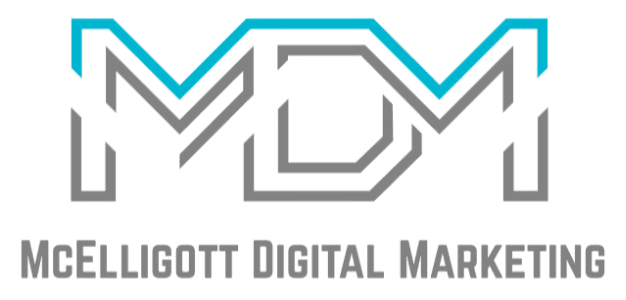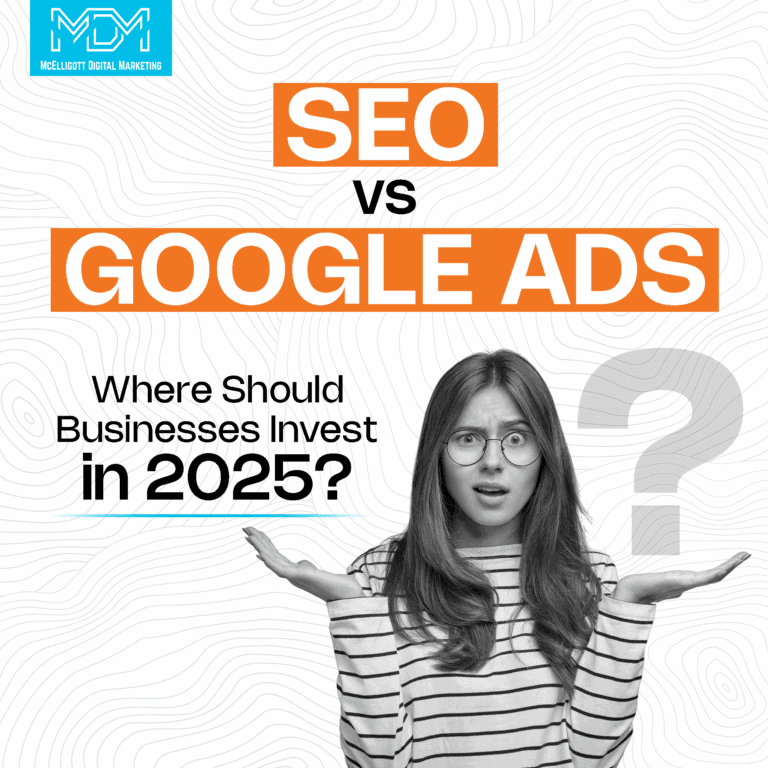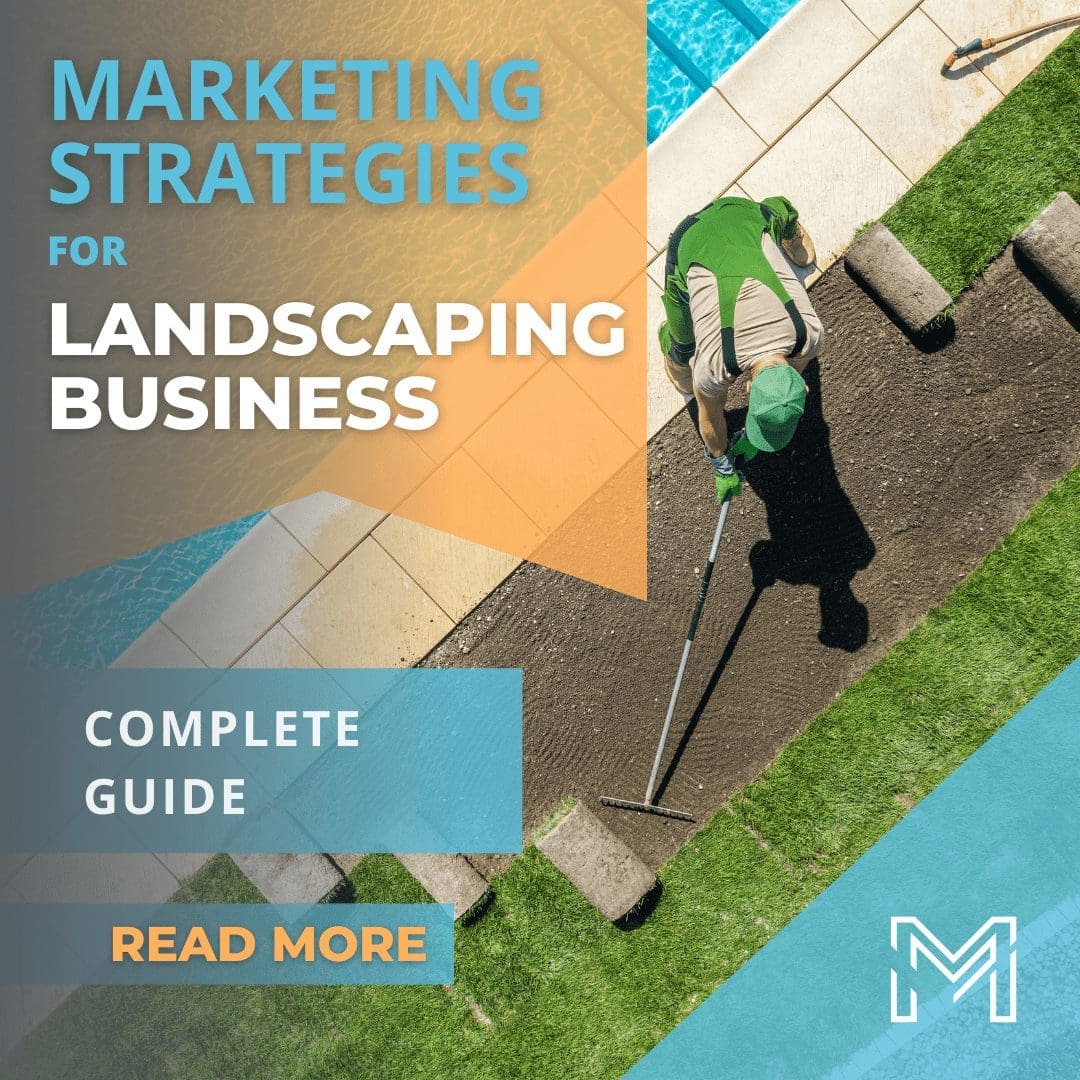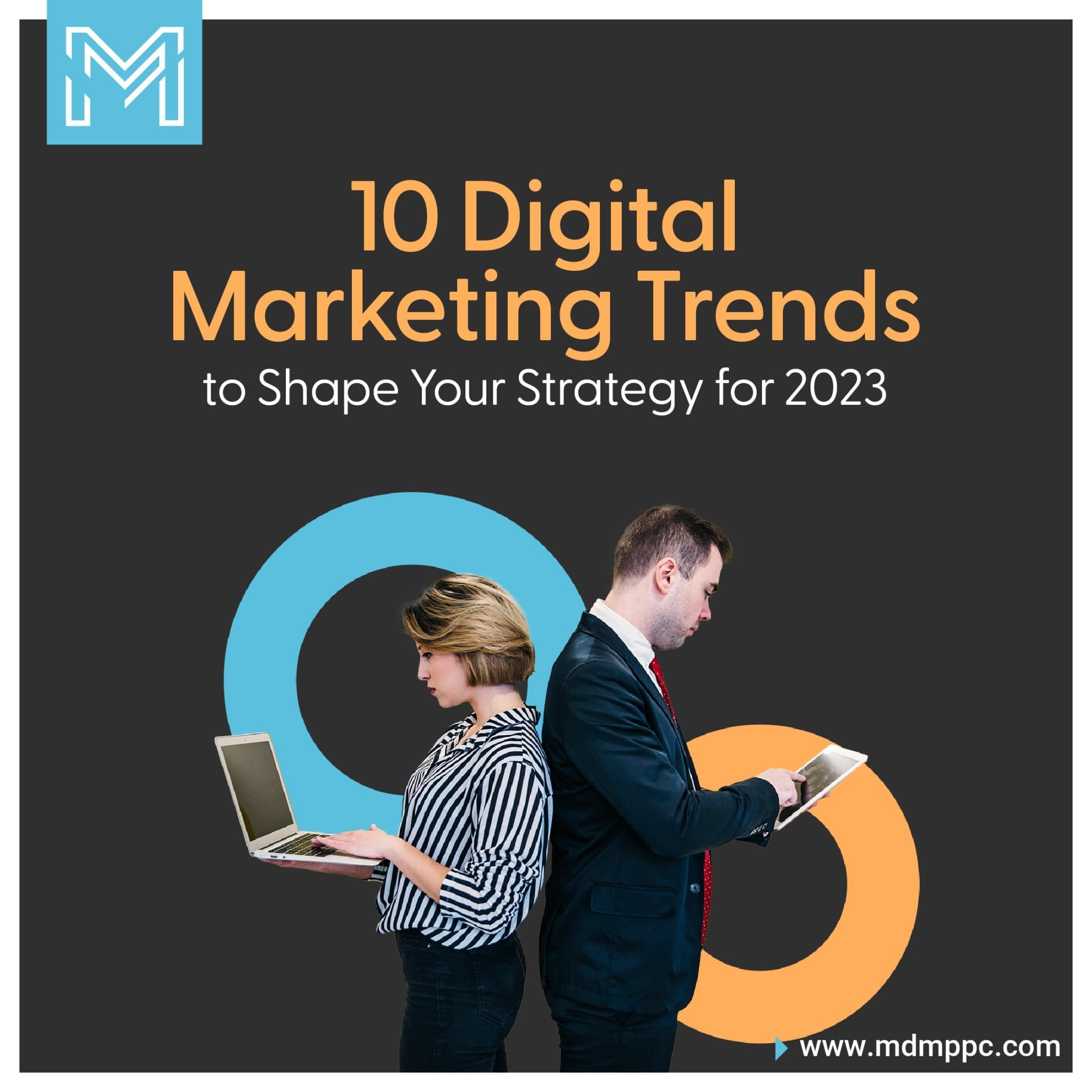In today’s competitive digital landscape, businesses are constantly faced with one big question:
Should we invest in SEO or Google Ads? Both strategies offer unique advantages—SEO builds long-term organic visibility, while Google Ads delivers instant traffic and measurable results. But with limited marketing budgets and rising competition, making the right choice can directly impact your ROI.
So, how do you decide where to invest? In this blog, we’ll break down the core differences between SEO and Google Ads, weigh their pros and cons, and help you determine which channel aligns best with your business goals, timeline, and resources.
Understanding SEO and Google Ads
Before you decide where to invest your marketing budget, it’s crucial to understand what SEO and Google Ads actually do—and how they differ. While both aim to get your business in front of potential customers, they operate in very different ways.
Let’s break down the fundamentals of each to help you make an informed, strategic choice.
What is SEO?
Search Engine Optimization (SEO) is the practice of optimizing your website to improve its visibility in organic (non-paid) search results on platforms like Google. The goal is to rank higher for relevant keywords your target audience is searching for.
SEO involves a mix of:
- On-page SEO: Optimizing website content, meta tags, headers, and internal links.
- Off-page SEO: Building backlinks from reputable sites to improve domain authority.
- Technical SEO: Improving site speed, mobile responsiveness, crawlability, and indexation.
- Content strategy: Creating helpful, keyword-rich, and engaging content that answers user queries.
Pros of SEO:
- Cost-Effective in the Long Run
- SEO doesn’t require paying per click. Once your content ranks, it can drive traffic indefinitely without additional cost.
- Builds Trust and Authority
- Users often trust organic listings more than paid ads. Appearing in top organic results signals credibility.
- Sustainable Traffic
- SEO provides a steady flow of traffic. High-ranking pages can generate thousands of visits over time.
- High ROI Over Time
- Though it takes time, the return on investment from SEO is often higher than paid ads over the long term.
- Improves Overall Website Quality
- SEO efforts—like improving speed, navigation, and content—enhance the overall user experience.
Cons of SEO:
- Takes Time to Show Results
- SEO is not instant. It often takes 3–6 months or more to start seeing meaningful improvements.
- Algorithm Dependency
- Google’s algorithm updates can impact your rankings unexpectedly, requiring ongoing adaptation.
- Requires Consistent Effort
- SEO is not a one-time setup. It requires regular updates, content creation, and monitoring.
- High Competition
- Ranking for competitive keywords can be difficult—especially for newer businesses or those in crowded markets.
What are Google Ads?
Google Ads is Google’s advertising platform that lets you bid on specific keywords to display paid ads at the top of search results or across Google’s partner websites and YouTube. This is often referred to as Pay-Per-Click (PPC) advertising—because you pay only when someone clicks your ad.
Types of Google Ads:
- Search Ads: Appear at the top of search results for selected keywords.
- Display Ads: Image or banner ads shown on websites in Google’s Display Network.
- Video Ads: Run before or during YouTube videos.
- Shopping Ads: Show product listings for e-commerce brands.
Pros of Google Ads:
- Immediate Results
- Unlike SEO, Google Ads gets your business in front of users almost instantly.
- High Intent Traffic
- You can target users based on very specific keywords, making it ideal for conversions.
- Precise Targeting Options
- Target based on demographics, location, device, time of day, behavior, and more.
- Flexible Budgeting
- You can start with any budget and adjust daily limits or pause campaigns at any time.
- Measurable Performance
- Google Ads offers robust analytics, allowing you to track impressions, clicks, cost-per-click (CPC), and conversions in real time.
- Great for A/B Testing
- Test different ad creatives, landing pages, or offers to see what performs best—then scale what works.
Cons of Google Ads:
- Cost Can Add Up Quickly
- Highly competitive industries (e.g., legal, finance, healthcare) can have CPCs of ₹100–₹500 or more. Without close monitoring, costs can spiral.
- No Pay = No Visibility
- The moment you pause your ads, your traffic stops. Unlike SEO, there’s no long-term residual value.
- Requires Constant Optimization
- You need to continuously test, analyze, and tweak campaigns for them to remain effective.
- Learning Curve
- Running profitable Google Ads campaigns requires experience. Mistargeted ads or poorly written copy can waste your budget quickly.
Comparative Analysis: SEO vs. Google Ads
When choosing between SEO and Google Ads, it’s not about which is better universally—it’s about which is better for your specific goals, budget, and timeline.
Here’s how they stack up against each other across key factors:
| Factor | SEO | Google Ads |
| Cost | No cost per click, but requires ongoing effort and resources. | Pay-per-click; can get expensive based on competition. |
| Speed of Results | Takes time (3–6 months+) to build visibility and traffic. | Immediate visibility and traffic after launching a campaign. |
| Sustainability | Long-term traffic even after you stop investing. | Traffic stops when ads stop running. |
| Conversion Intent | Attracts broad and informational searches. | Ideal for targeting high-intent keywords (ready-to-buy users). |
| Trust & Credibility | High—organic results are trusted more by users. | Lower—some users skip over ads assuming they’re promotional. |
| Control & Targeting | Less control over who sees your content. | Precise targeting by location, time, device, and audience. |
| Analytics & Tracking | Tools like GA4 help, but attribution is less direct. | In-depth insights; direct ROI tracking on ad spend. |
| Best For | Long-term brand building, authority, and sustainability. | Fast results, time-sensitive offers, and lead generation. |
When to Choose SEO:
- You’re playing the long game.
- You want to build organic authority and trust.
- You have time and resources to invest in content and optimization.
When to Choose Google Ads:
- You need leads or sales fast.
- You’re testing a new product or service.
- You have a defined budget and want direct performance tracking.
Deciding Factors: Where Should Businesses Invest?
Choosing between SEO and Google Ads isn’t a one-size-fits-all decision. The right approach depends on multiple factors unique to your business—your goals, budget, competition, and the nature of what you’re selling. Here’s a breakdown to help you make the most strategic investment:
Business Objectives
Your marketing goals should be the starting point when deciding between SEO and Google Ads.
- If your goal is long-term brand visibility, organic traffic, and content authority, SEO is your best bet. It helps build sustained traffic over time and improves credibility with search engines and users alike.
- On the other hand, if you need immediate leads, fast traffic, or quick sales, Google Ads delivers rapid results with highly targeted campaigns. It’s ideal for time-sensitive promotions, product launches, or testing new offerings.
Choose SEO for long-term brand building. Choose Google Ads for short-term performance and lead generation.
Budget Constraints
Let’s be real—budget often dictates strategy.
- SEO is technically “free” from a clicks perspective, but it requires ongoing investment in quality content, technical optimization, tools, and time. It’s slower to produce returns but more cost-effective in the long run.
- Google Ads allows you to control your daily spend and get instant visibility, but in high-competition industries, cost per click (CPC) can be steep. Once you stop paying, the traffic stops too.
Limited budget? Start with a lean SEO plan. Have some money to test and scale fast? Run a focused Google Ads campaign with clear goals.
Industry Competition
The level of competition in your industry heavily influences the effectiveness (and cost) of both strategies.
- In highly saturated niches (e.g., legal, finance, SaaS), Google Ads can become very expensive due to high CPCs. SEO can be a better long-term play if you can consistently publish valuable content and optimize well.
- In niche or local markets, Google Ads might offer affordable visibility and high ROI, especially for services where local intent is strong (e.g., dental, home repair, wellness clinics).
In competitive industries, balance both: Use Ads for short-term traffic and SEO to slowly outpace your rivals in organic rankings.
Product/Service Type
What you’re offering also affects which channel will deliver better results.
- For high-ticket items or services with long sales cycles (e.g., B2B software, consulting), SEO helps build trust and keeps you in front of prospects during their research phase.
- For e-commerce, seasonal deals, or local services, Google Ads can bring in buyers who are ready to convert immediately. Google Shopping and local service ads are particularly powerful.
If your audience needs education before purchasing, SEO works best. If they already know what they want, Google Ads wins the conversion.
Integrating SEO and Google Ads: A Synergistic Approach
While SEO and Google Ads are often seen as competing strategies, the truth is—they work best together. When used in tandem, these two channels can create a powerful, data-driven ecosystem that drives both short-term results and long-term growth.
Use Google Ads Data to Inform SEO Strategy
Google Ads offers instant keyword-level insights. You can quickly see which search terms convert best, what your audience is clicking on, and how they interact with your landing pages.
Use this data to:
- Identify high-converting keywords to target organically
- Refine your blog topics based on ad copy that drives clicks
- Improve SEO meta titles and descriptions using high-CTR ad headlines
Pro tip: Let your paid campaigns “test the waters” before committing to long-term SEO content.
Dominate SERPs with Dual Visibility
When your ad and your organic listing both appear on the same search results page, you double your real estate—and your credibility.
This boosts:
- Brand authority (you look more legit when you show up twice)
- Click-through rate (users are more likely to choose a familiar name)
- Search dominance (pushing competitors further down the page)
Retarget SEO Visitors with Google Ads
SEO attracts top-of-funnel traffic. Not all visitors convert immediately—but that doesn’t mean the opportunity is lost.
With Google Ads, you can:
- Retarget SEO traffic through Display or Search remarketing
- Serve relevant follow-up offers or content to re-engage cold leads
- Move users down the funnel more effectively
Turn passive SEO traffic into paying customers with precision ad targeting.
Balance Risk and Reward
SEO takes time. Google Ads costs money. By integrating both:
- SEO builds sustainable, “free” traffic over time
- Ads deliver instant results and real-time feedback
- You reduce reliance on a single channel and spread your risk
Conclusion
Choosing between SEO and Google Ads doesn’t have to be a binary decision. SEO offers long-term visibility and trust, while Google Ads delivers quick, measurable wins. By understanding your business goals, budget, and audience behavior, you can invest smartly—or even better, combine both for maximum impact.
Track your results, test continuously, and stay adaptable to get the best return on your investment.
Need help choosing the right mix for your brand?
Let’s build your high-converting strategy today.
FAQs
1. Which is better for a new business—SEO or Google Ads?
If you need quick visibility and leads, Google Ads is ideal for immediate results. However, if you’re building long-term credibility and traffic, SEO is the better investment.
2. Can I run both SEO and Google Ads together?
Absolutely. In fact, using both can maximize your visibility—Google Ads brings instant traffic while SEO builds long-term authority.
3. How much should I budget for Google Ads?
Budgets vary by industry, but starting with a small, testable budget is common. Keep an eye on CPCs and optimize regularly to avoid overspending.
4. How long does SEO take to show results?
SEO usually takes 3–6 months to see noticeable improvements, depending on competition, keyword difficulty, and how consistent your efforts are.





